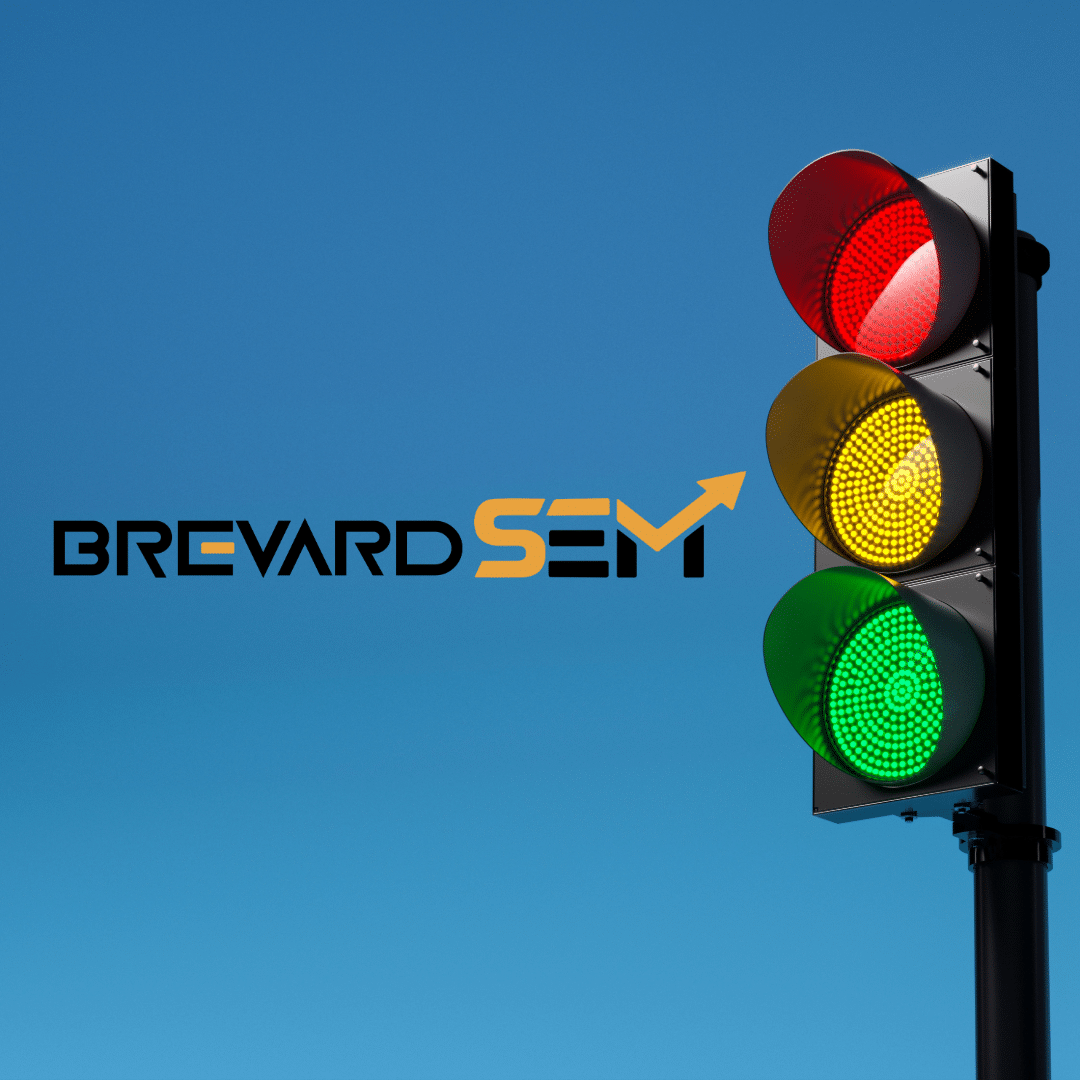
So where should you send your paid ad traffic? Your landing page or directly to the product page. Let’s take a closer look.
Driving paid traffic to a landing page versus a product page can make a significant difference in your conversion rates and overall success. Understanding the benefits and drawbacks of each approach can help you make an informed decision on where to direct your marketing efforts.
Directing Traffic To A Landing Page
When you drive paid traffic to a landing page, you are targeting a specific audience with a tailored message. This allows you to match the content of your landing page with the off-site advertising message that users have already seen.
By creating a cohesive experience for your visitors, you increase the likelihood that they will be educated and primed by the landing page content to ultimately make a purchase.
Sending traffic to a landing page also allows you to collect valuable data about your audience.
By tracking user behavior and engagement on your landing page, you can make informed decisions about future marketing strategies and product offerings. Additionally, landing pages are often designed with a clear call to action, making it easier for visitors to take the next step in the purchasing process.
One approach to consider is sending traffic to a product-specific landing page. If a user is searching for a particular item or model number, directing them to a landing page dedicated to that product can provide them with all the information they need in one place.
This streamlined customer journey can help move shoppers through the sales funnel and ultimately lead to a higher conversion rate.
Directing Traffic To A Product Page
On the other hand, driving paid traffic directly to a product page can be beneficial in certain situations. If a user is already familiar with your brand or product and is actively searching for it, sending them directly to a product page can provide a seamless shopping experience. This approach eliminates the need for users to navigate through multiple pages to find the item they are looking for.
Product pages also allow for more detailed information about the product, including specifications, features, and customer reviews. This can be particularly helpful for users who are in the final stages of the purchasing process and are looking for specific details before making a decision.
Ultimately, the decision to drive traffic to a landing page or product page depends on your marketing goals and the behavior of your target audience. By analyzing your data and testing different strategies, you can determine which approach is most effective for your business.
Both driving paid traffic to a landing page and a product page have their advantages and drawbacks. Understanding when to use each approach can help you create a successful digital marketing campaign that drives conversions and maximizes your return on investment.
So, where should you direct your paid traffic: to a landing page or a product page?
The answer depends on your specific goals and the needs of your target audience. By analyzing your data and testing different strategies, you can determine which approach is best suited for your business.
Remember, the key to success in digital marketing is to stay informed, stay adaptable, and always put the needs of your audience first. By understanding the advantages and disadvantages of different approaches, you can create a strategic marketing plan that drives results for your business.
